Regulatory Support for Innovative Therapies
The Anti-VEGF market is experiencing a favorable regulatory environment that supports the development and approval of innovative therapies. The UK regulatory authorities are actively promoting the introduction of new anti-VEGF treatments, streamlining the approval process for novel therapies. This regulatory support is crucial for encouraging pharmaceutical companies to invest in research and development of new anti-VEGF products. As a result, the anti vegf market is likely to see an influx of innovative therapies that could enhance treatment options for patients. The potential for faster market entry of these therapies may lead to increased competition and ultimately benefit patients through improved access to effective treatments.
Rising Healthcare Expenditure and Investment
The Anti-VEGF market is benefiting from the increasing healthcare expenditure in the UK. Government and private sector investments in healthcare are on the rise, with the UK government allocating approximately £200 billion to the National Health Service (NHS) in 2025. This increase in funding is expected to enhance access to advanced treatments, including anti-VEGF therapies. As healthcare budgets expand, there is a growing focus on innovative treatments that can improve patient outcomes and reduce long-term healthcare costs. Consequently, the anti vegf market is likely to see increased demand as healthcare providers are encouraged to adopt these therapies as part of their treatment protocols. This trend suggests a positive outlook for the anti vegf market, driven by enhanced funding and investment in healthcare.
Growing Awareness and Education on Eye Health
The Anti-VEGF market is also influenced by the growing awareness and education surrounding eye health in the UK. Public health campaigns and initiatives aimed at educating the population about the importance of regular eye examinations and early detection of retinal diseases are gaining traction. As awareness increases, more individuals are likely to seek medical advice and treatment for conditions such as diabetic retinopathy and AMD. This heightened awareness is expected to drive demand for anti-VEGF therapies, as patients become more informed about their treatment options. Furthermore, healthcare professionals are increasingly emphasizing the importance of proactive eye care, which may further stimulate the anti vegf market as more patients are diagnosed and treated in a timely manner.
Technological Innovations in Drug Delivery Systems
Technological advancements in drug delivery systems are significantly impacting the Anti-VEGF market. Innovations such as sustained-release formulations and targeted delivery mechanisms are enhancing the efficacy of anti-VEGF therapies. These advancements not only improve patient compliance but also reduce the frequency of injections required, which is particularly beneficial for patients with chronic conditions. The UK market is witnessing a shift towards these innovative delivery systems, with research indicating that the adoption of such technologies could increase the market share of anti vegf products by up to 25% over the next few years. As healthcare providers and patients alike seek more effective and convenient treatment options, the anti vegf market is likely to expand in response to these technological developments.
Increasing Prevalence of Age-Related Macular Degeneration
The anti vegf market is experiencing growth due to the rising prevalence of age-related macular degeneration (AMD) in the UK. As the population ages, the incidence of AMD is projected to increase, with estimates suggesting that by 2025, approximately 600,000 individuals in the UK may be affected. This condition leads to significant vision impairment, necessitating effective treatment options. The anti vegf market is poised to benefit from this trend, as anti-VEGF therapies have proven effective in managing AMD. The demand for these therapies is likely to rise, driven by the need for improved patient outcomes and quality of life. Furthermore, healthcare providers are increasingly recognizing the importance of early intervention, which may further stimulate the anti vegf market as more patients seek treatment for AMD.


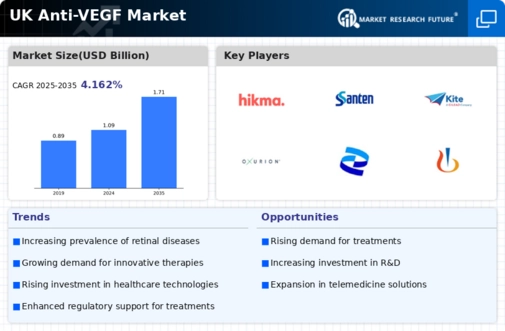
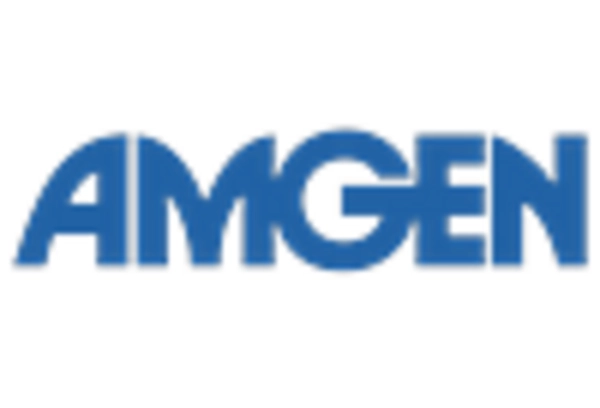
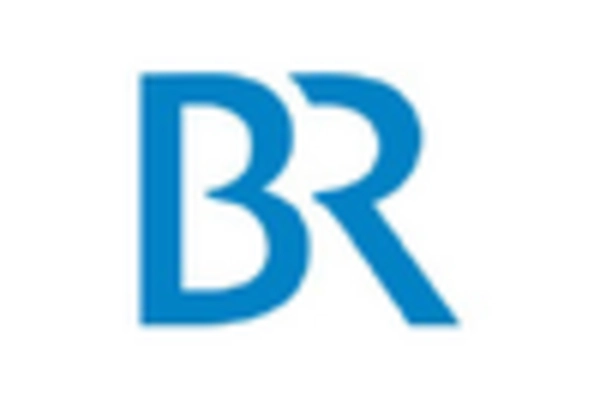

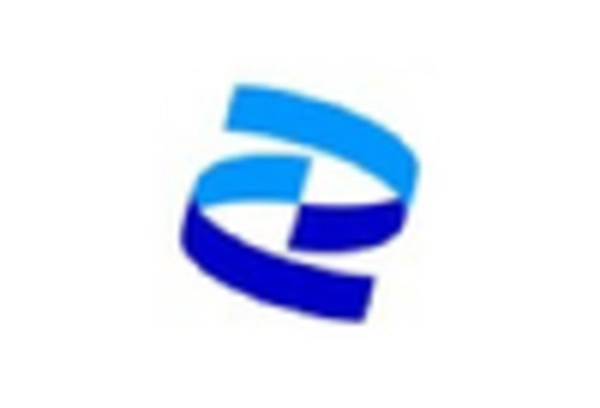
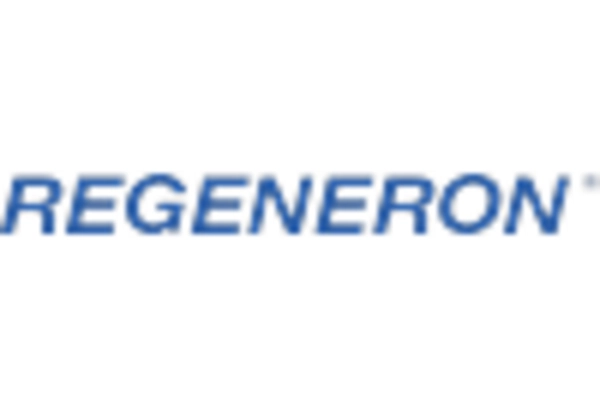
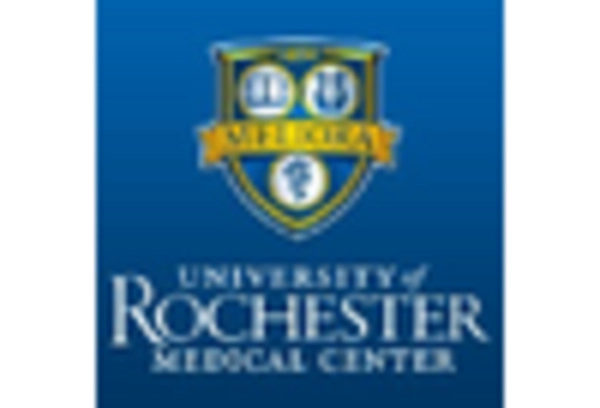








Leave a Comment